Projects
 PEEPPS
PEEPPS
PEEPPS
Project & Part Management
Challenge.
Goal.
Metric.
Process.
Challenges.
My Role.
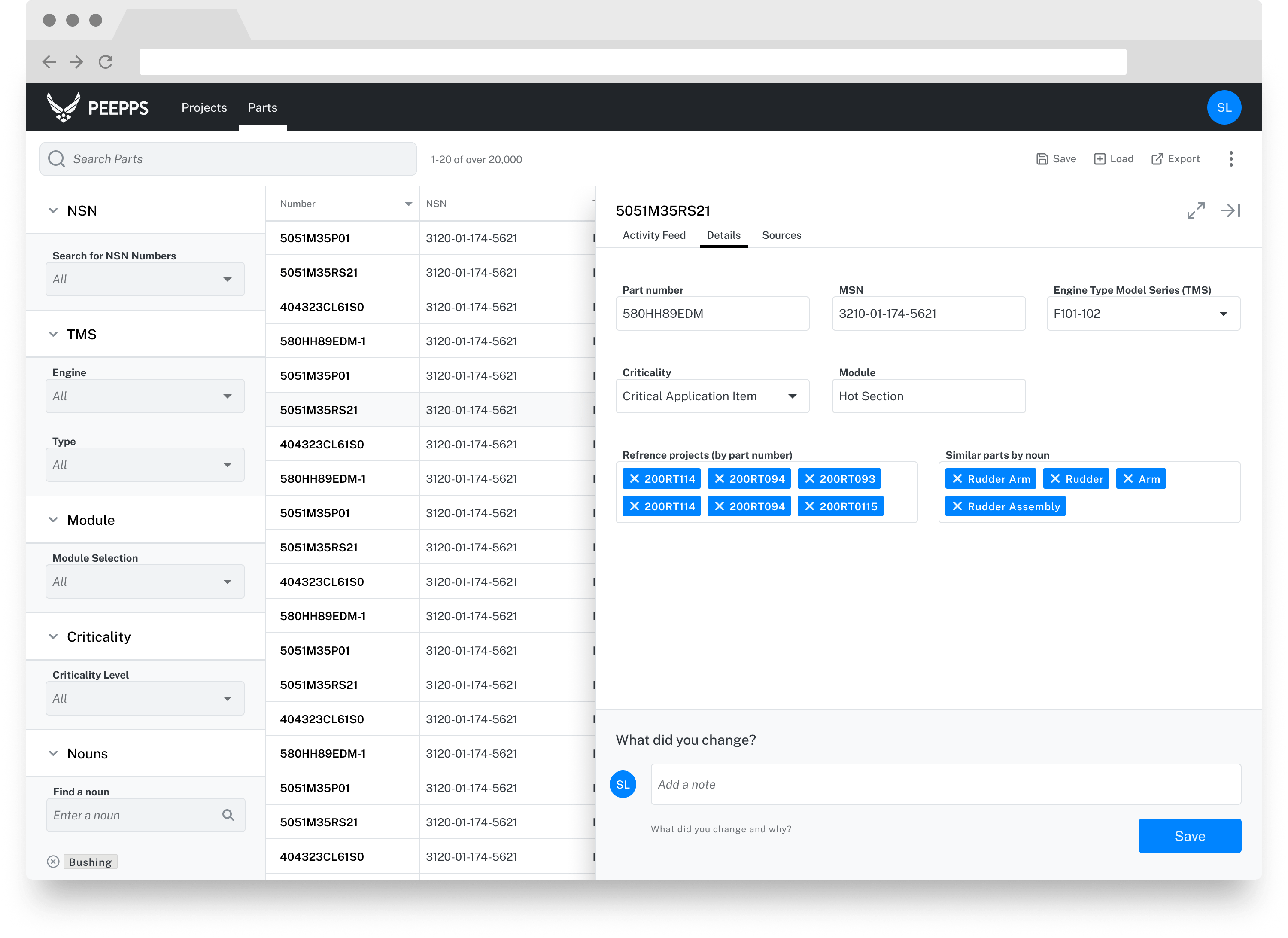
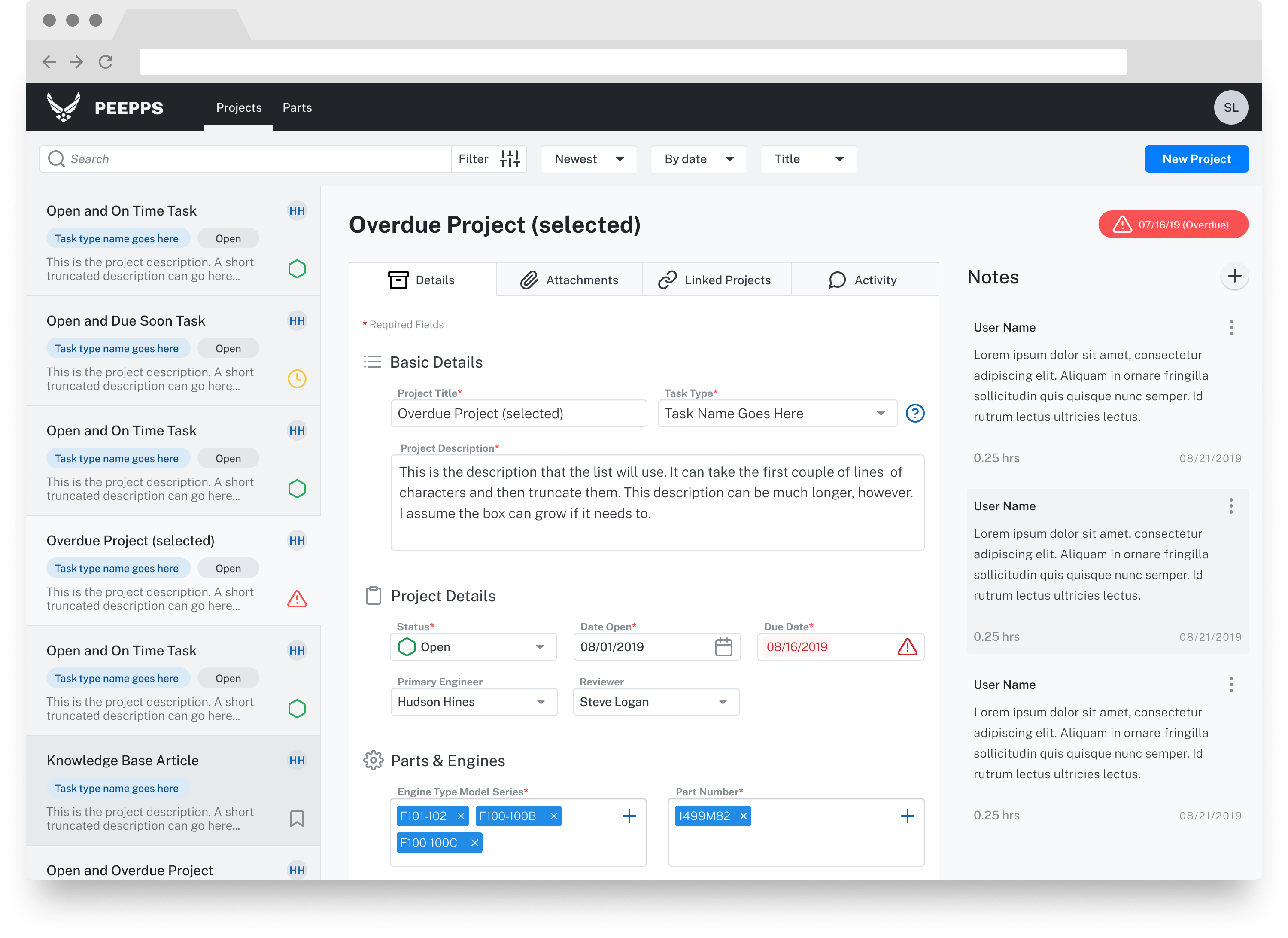
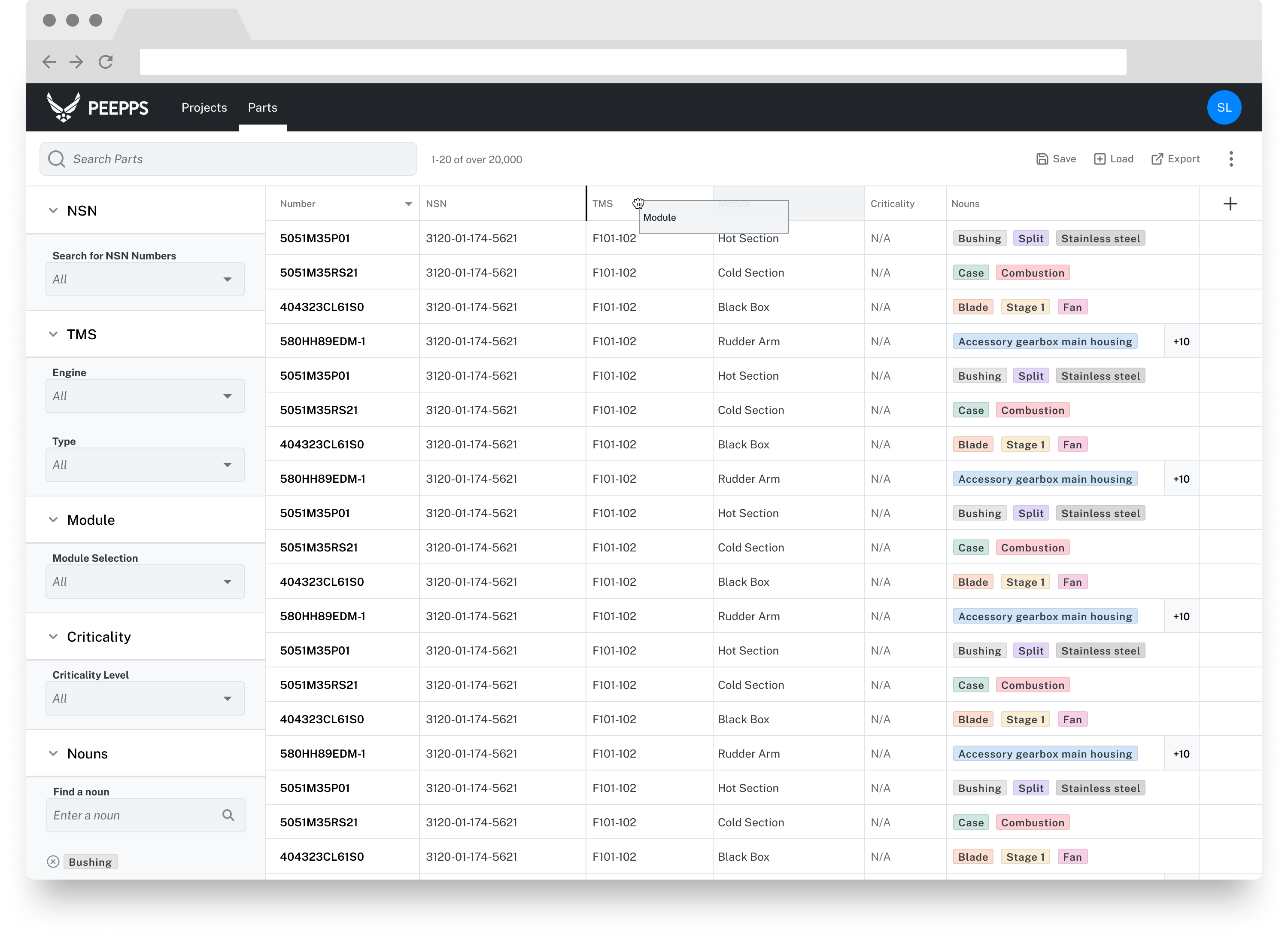
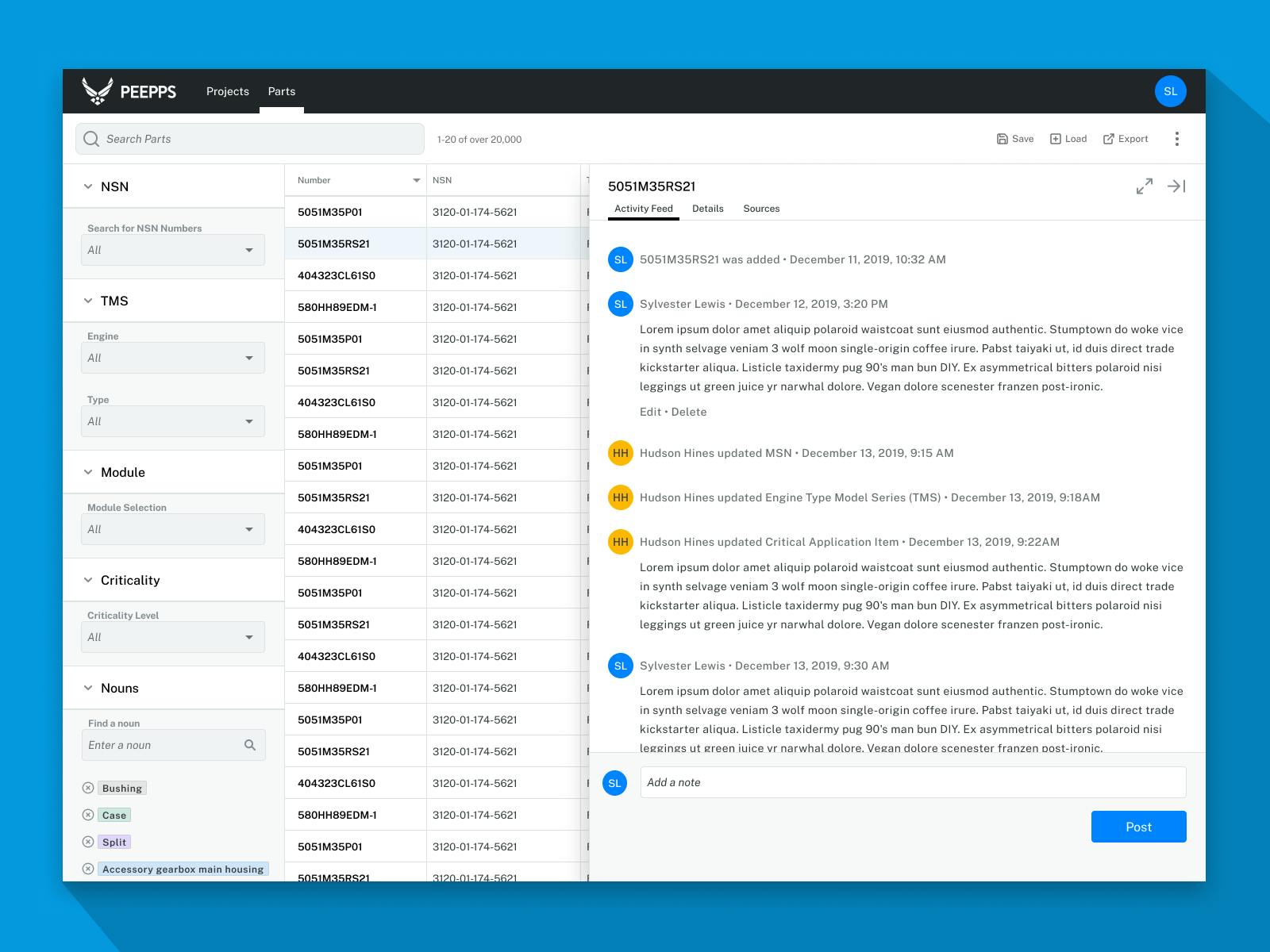
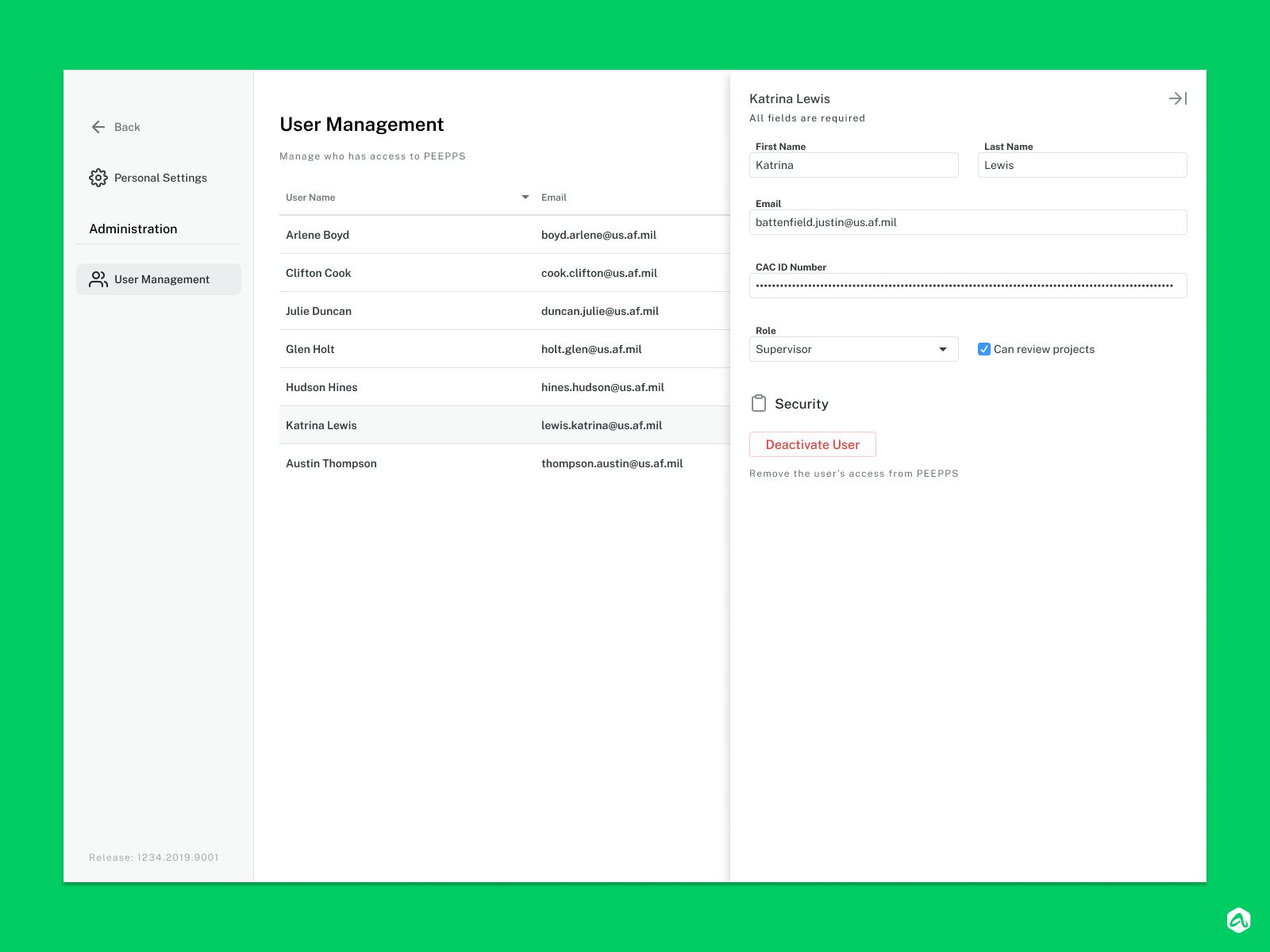
Comp 1_1.mp4
2.5 MB
Want to print your doc?
This is not the way.
This is not the way.

Try clicking the ⋯ next to your doc name or using a keyboard shortcut (
CtrlP
) instead.